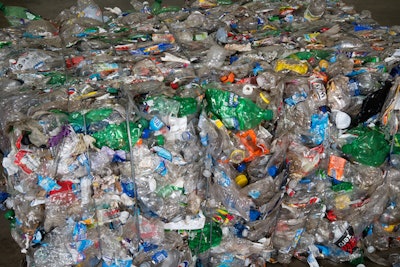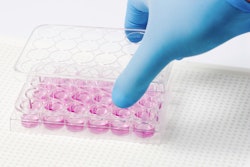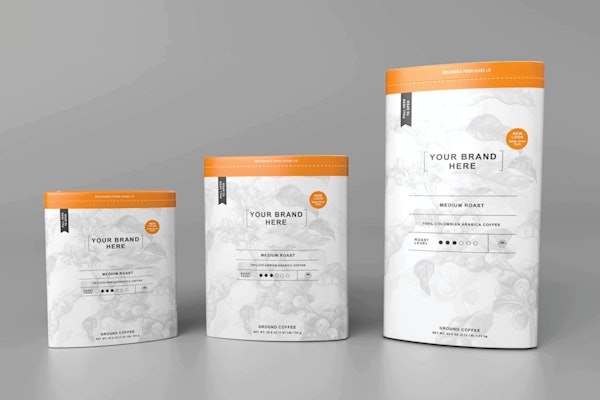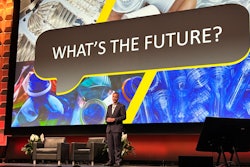
A new research study conducted by Plastic Technologies, Inc. (PTI), a global company involved in polyethylene terephthalate (PET) package development, found that exposing post-consumer bottles to ultraviolet (UV) light prior to recycling has a severe impact on the physical properties and visual attributes of next-generation, recycled PET (rPET) bottles.
Intrinsic viscosity, yellowing, and haze are among the attributes that provide challenges when using rPET along with virgin material. The research says rPET producers have engineered elaborate processes to minimize those characteristics in order to create material that provides the desired environmental attributes along with key visual and processing properties.
The bottles used in the study were not densely packed into large bales. Sunlight could easily penetrate through the several layers of bottle sidewalls, even reaching the bottles located at the bottom of the open crate.
“What the average effect might be on an entire bale of bottles compared to what was seen in this study is a matter of debate,” says Dr. Frank Schloss, Vice President. “However, one should consider all the potential causes of yellowing that can limit the percentage of recycled PET that can be used. Exposure to UV radiation, whether it is from outside bale storage or possibly even exposure to fluorescent lighting in retail stores, should be considered as another contributor to rPET quality degradation,”
Storage conditions represent one more factor that can be added to the natural tendency of PET to yellow with each additional melting. This is due to adhesive label residues, trace amounts of residual label material, inks, and coatings that can bleed from the label onto the PET flake, as well as additives that cannot be removed by the washing process.
“As an industry, we have focused on how package components affect next-generation materials, but haven’t really considered storage impact. The more effort we make to remove all of the quality impediments, the greater the chance that our next-generation materials will meet marketing, processing, and enviro























